The history of the Musée d'ethnographic de Neuchâtel (MEN) goes back to the natural history cabinet that Charles Daniel de Meuron donated to the city in 1795. The museum was officially inaugurated on July 14, 1904 on the hill of Saint-Nicolas in a villa built for James-Ferdinand de Pury by local architect Léo Châtelain in the 1870s.
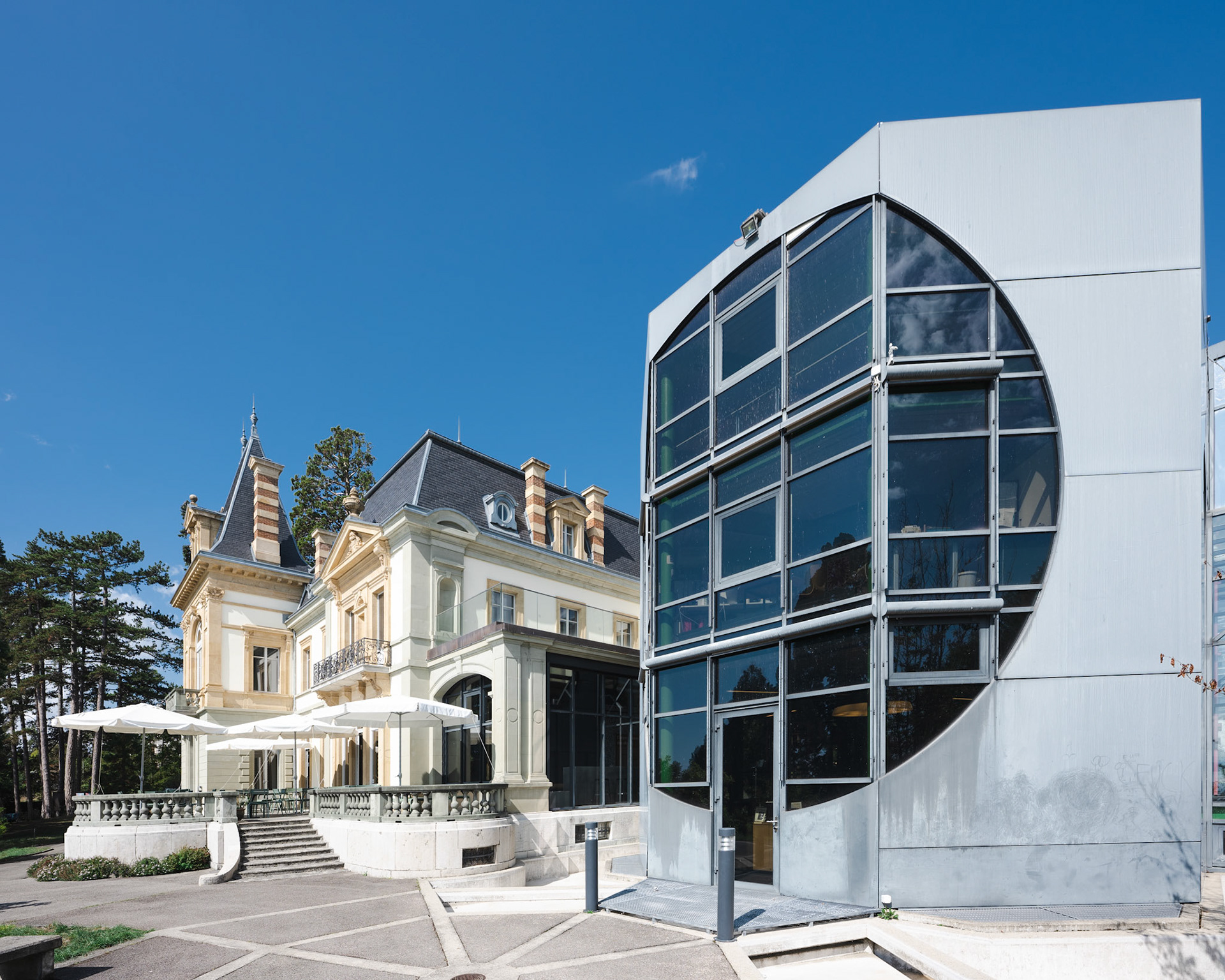
Musée d'ethnographic de Neuchâtel in its 1870s building
In 1954-55, a new building for temporary exhibitions was built next to the villa. In 1986, a building was built between the two existing ones to house the Ethnology Institute of the University of Neuchâtel.
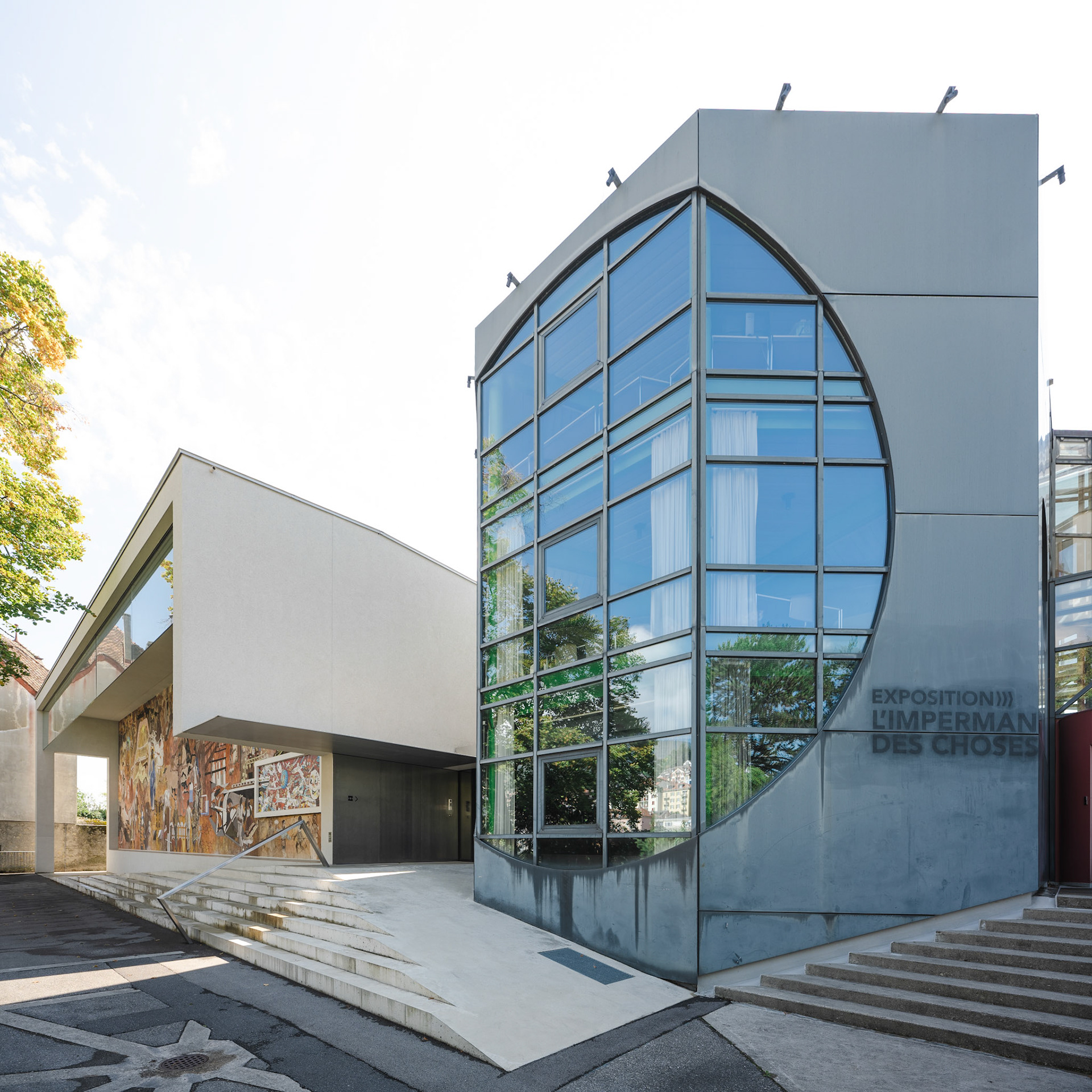
1950s extension building
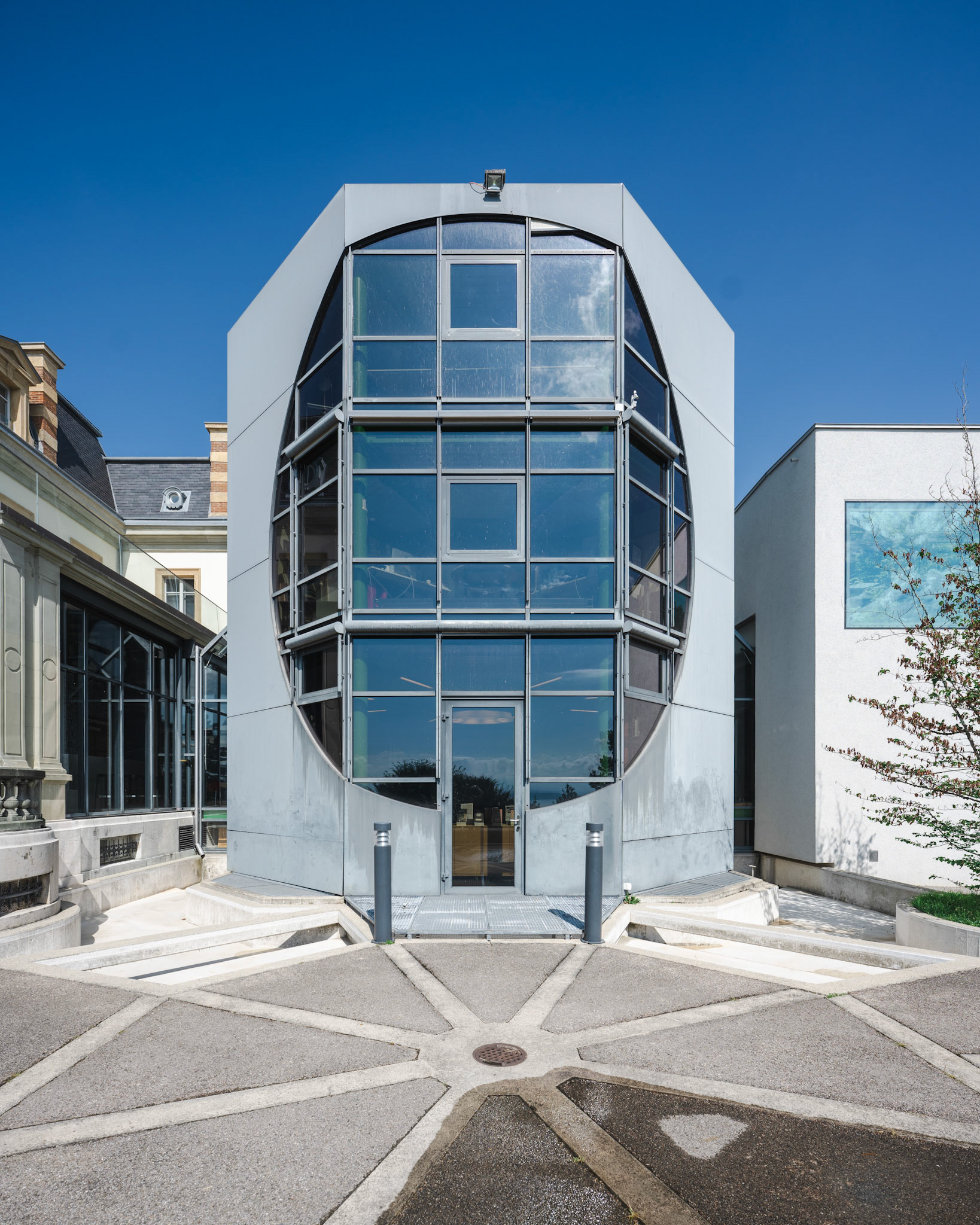
1980s extension
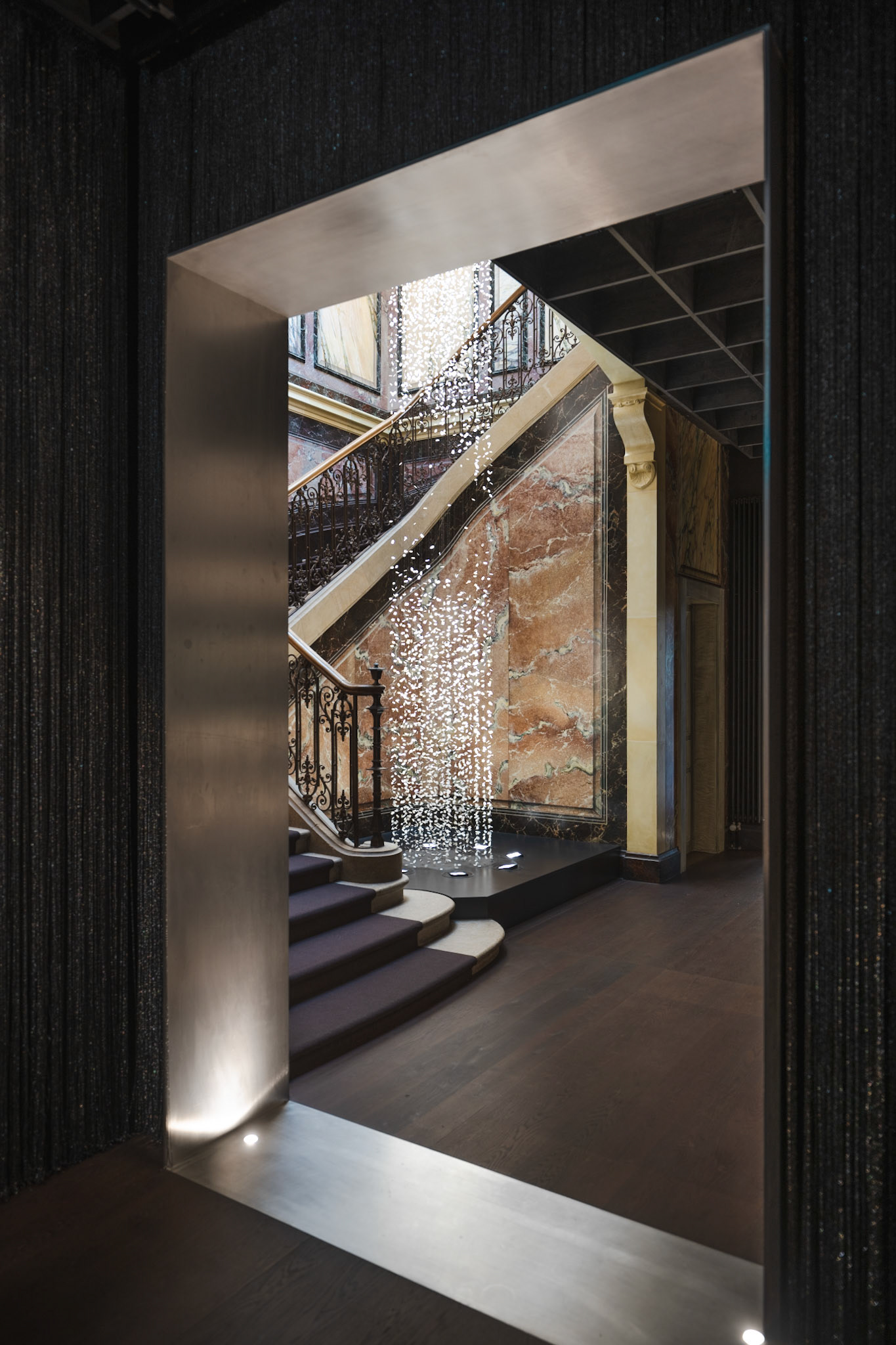
Musée d'ethnographic de Neuchâtel staircase
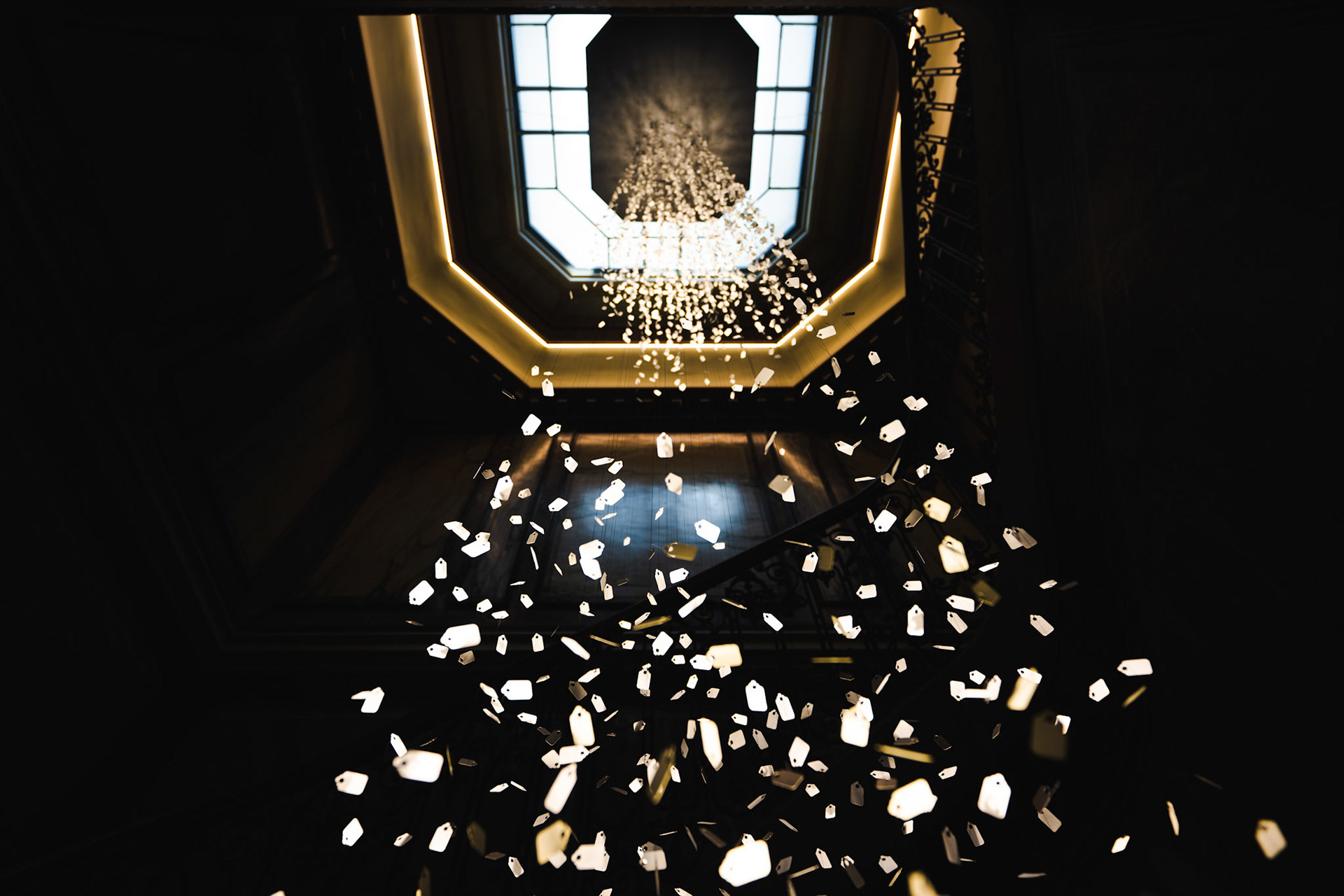
Musée d'ethnographic de Neuchâtel staircase

Musée d'ethnographic de Neuchâtel staircase
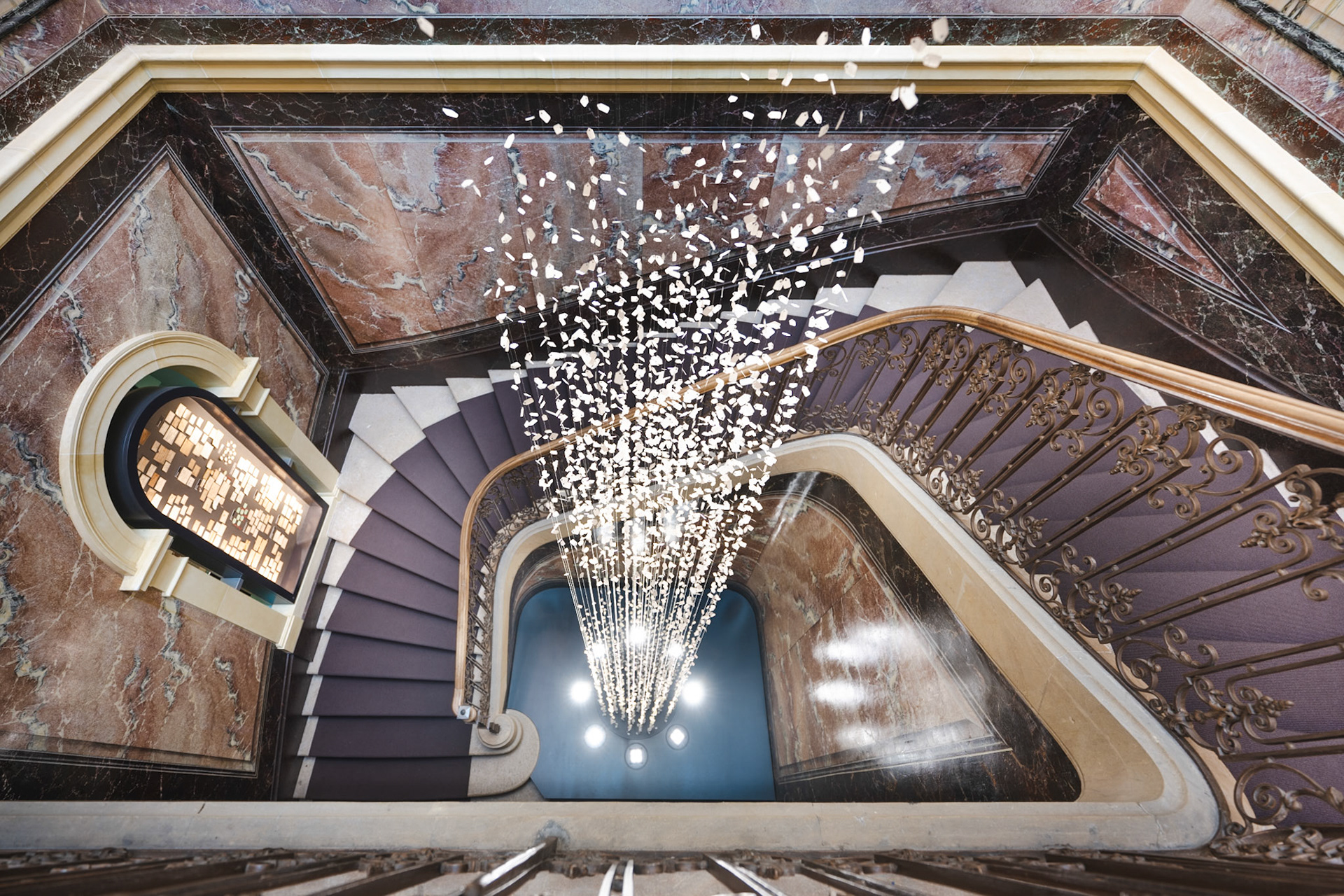
Musée d'ethnographic de Neuchâtel staircase
Today, the MEN's collections consist of 50,000 objects from all regions of the world, with a particular focus on Africa.